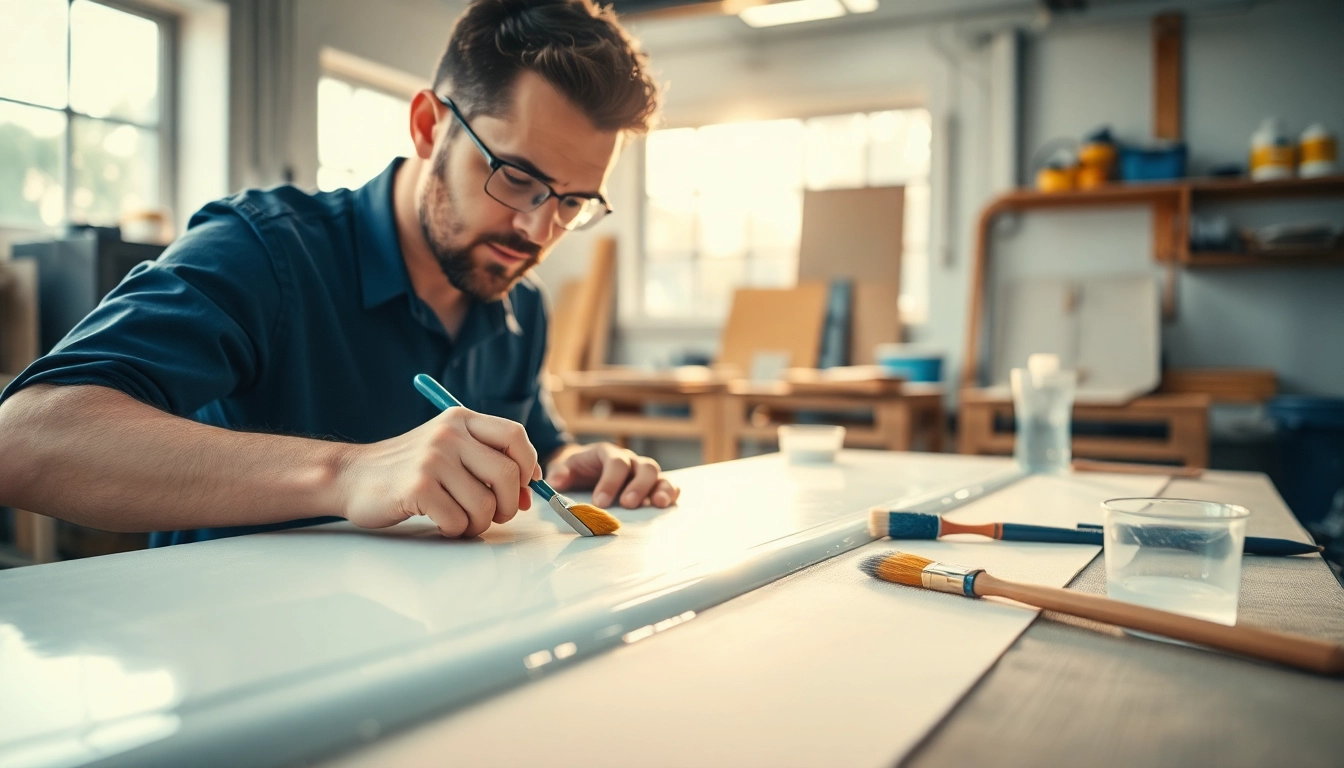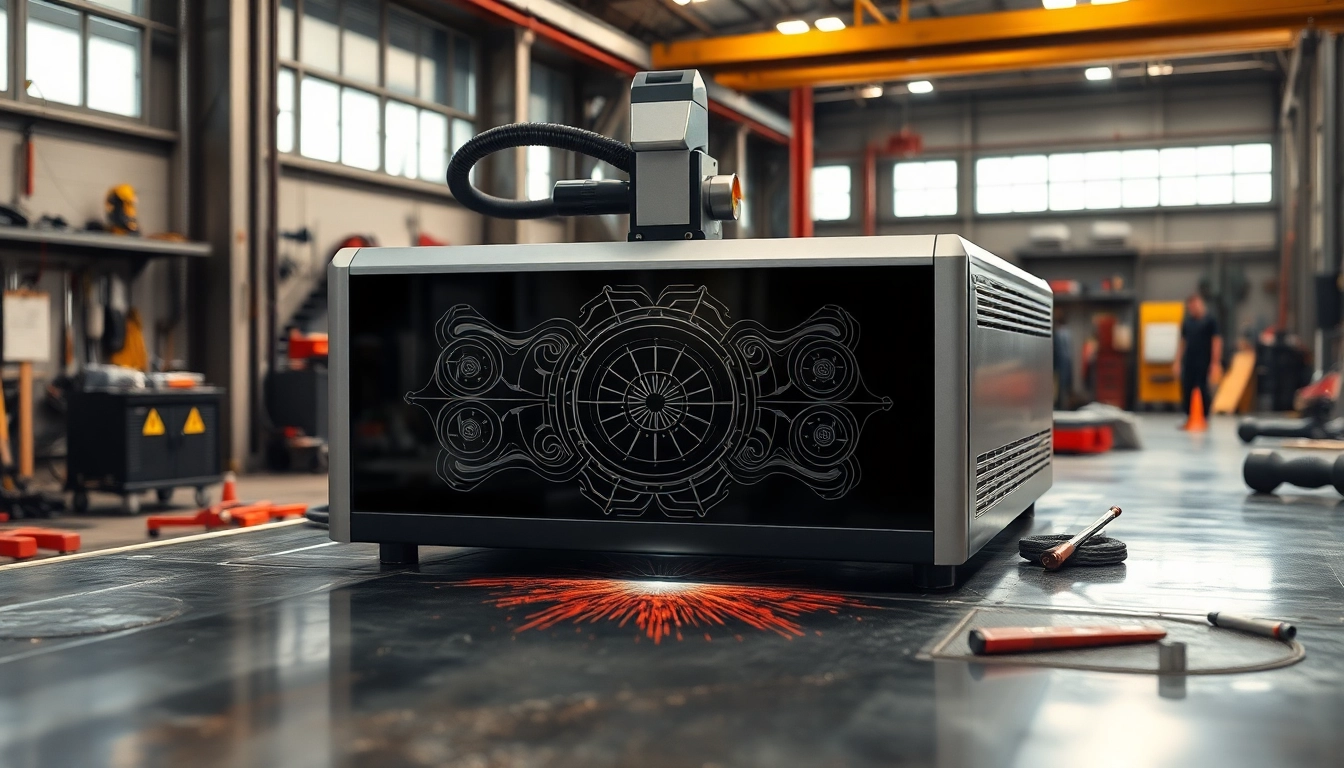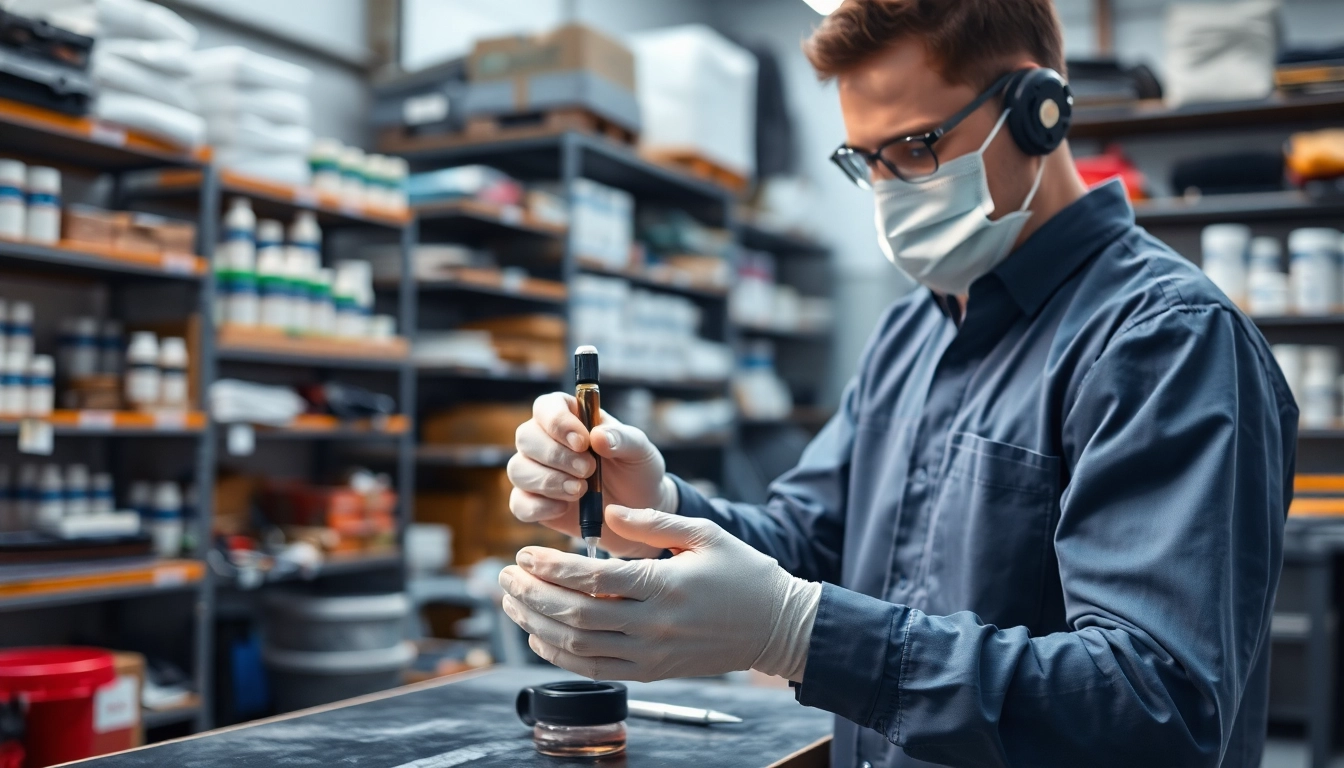Introduction to Laminating Resin
Laminating resin is a vital material used in various industries for creating strong and durable composites. Often employed in fiberglass layups, it enables the development of robust structures that are both lightweight and resilient. In this article, we’ll explore everything you need to know about laminating resin, including its types, applications, benefits, and techniques for optimal usage. Understanding these aspects will not only help you make informed choices but will also ensure successful project outcomes.
What is Laminating Resin?
Laminating resin serves as a binding agent to create composites by saturating reinforcement fibers such as fiberglass, carbon fiber, or aramid. It comes mainly in two types: polyester and epoxy. Each type has distinct properties, making them suitable for various applications. The resin hardens when mixed with a catalyst or hardener, forming a solid, robust structure. Laminating resin is characterized by its viscosity, curing time, and resistance to environmental factors, which are critical to its performance in specific applications.
Types of Laminating Resin
There are primarily two types of laminating resins used in the industry:
- Polyester Laminating Resin: Widely recognized for its cost-effectiveness, this type is popular for boat building and general-purpose applications. It mixes easily and cures at room temperature, making it user-friendly.
- Epoxy Laminating Resin: Known for its superior adhesive qualities and strength, epoxy resin is often utilized in specialized applications that demand high performance. It also exhibits lower shrinkage and excellent resistance to moisture and chemicals.
Common Uses in Industries
Laminating resin finds its place in multiple sectors:
- Marine Industry: Used to construct strong and lightweight hulls for boats and yachts.
- Aerospace: Essential for fabricating lightweight components that require high strength-to-weight ratios.
- Automotive: Utilized in making body panels and parts that enhance vehicle performance and aesthetics.
- Construction: Important in creating strong composites for structural applications, including beams and panels.
Benefits of Using Laminating Resin
The application of laminating resin brings a host of advantages, making it a preferred material in various industries. Here are some key benefits:
Strength and Durability
One of the primary benefits of laminating resin is its exceptional strength and durability. When cured, it creates a rigid, robust structure that can withstand significant stress and strain, making it suitable for high-performance applications. For instance, boats constructed with laminating resin can endure harsh marine environments, while automotive components made from this material can also withstand daily wear and tear.
Adhesive Properties
Laminating resin excels in its adhesive properties, ensuring that reinforcement fibers are securely bonded together. This capability is critical in applications where structural integrity is paramount. With the right mixture and application techniques, laminating resin forms a cohesive unit that effectively transfers loads and enhances overall performance.
Cost-Effectiveness
Compared to other materials, laminating resin, especially polyester types, is relatively inexpensive. This cost-effectiveness makes it an attractive option for manufacturers looking to produce high-quality composites without breaking the bank. Additionally, the availability of a range of formulations allows producers to select resins that fit their specific budget and project requirements.
Application Techniques for Laminating Resin
To achieve optimal results when using laminating resin, it is essential to follow specific application techniques. This section will delve into the best practices for applying laminating resin effectively.
Surface Preparation
Proper surface preparation is crucial to ensure adhesion and the overall success of your laminating project. The surfaces must be clean, dry, and free of contaminants such as dust, oil, or grease. Sanding the surface may improve adhesion by providing a rough texture for the resin to bond with. Additionally, pre-warming the surface can accelerate curing times, particularly in cooler environments.
Mixing and Application Methods
When mixing laminating resin, it’s essential to follow the manufacturer’s instructions for ratios of resin to hardener. Inconsistent mixtures can result in incomplete curing or decreased mechanical properties. Methods of application include:
- Brush Application: Ideal for small projects or touch-ups. A brush allows for precision in applying resin to detailed areas.
- Roller Application: This technique is suitable for larger surface areas, spreading the resin evenly across the fibers.
- Spray Application: For professional applications, a spray gun can provide a fine mist, ensuring an even layer that minimizes air bubbles.
Curing Process
The curing process is critical for developing the final properties of the laminated structure. Ambient temperature, humidity levels, and the specific resin formulation will impact curing time. Most polyester resins cure at room temperature, while epoxy resins may require higher temperatures for optimal results. Always consult the technical data sheet for specific curing recommendations to achieve the best performance.
Challenges and Solutions in Laminating Resin Projects
As with any manufacturing process, challenges can arise during the use of laminating resin. Understanding common issues and their solutions can help ensure successful project outcomes.
Common Issues During Application
Some of the typical issues faced during the application of laminating resin include:
- Air Bubbles: These can form during mixing or application. To mitigate this, ensure thorough mixing and consider using a vacuum chamber to remove air.
- Inconsistent Curing: Factors like temperature and humidity can lead to uneven curing. Maintaining a controlled environment can help address this issue.
Post-Application Problems
After the application, challenges may still surface, such as peeling or delamination. These issues can often be traced back to surface preparation or improper mixing ratios. Regular inspections during the cure can also help identify any potential problem areas early on.
Tips for Successful Laminating
Here are some useful tips to ensure a successful laminating project:
- Always read and follow the manufacturer’s instructions for optimal mixing and curing times.
- Consider using a surface release agent if you are working with molds to ensure easy demolding.
- Implement a staged approach where you allow for partial curing before adding additional layers, improving adhesion.
Future Trends in Laminating Resin Technology
The underlying technology of laminating resins is evolving rapidly, influenced by advancements in materials science and growing environmental considerations. Here are some trends to watch for in the near future:
Innovations in Resin Formulations
Research and development in resin formulations are leading to more versatile and castable materials. Innovations such as bio-based resins and low-toxic formulas are becoming increasingly popular as manufacturers seek sustainable alternatives. These newer formulations often provide improved performance metrics while reducing environmental impacts.
Environmental Considerations
As industries globally focus on sustainability, laminating resin technology is also evolving to meet these challenges. Companies are exploring ways to reduce VOC emissions and develop resin systems that are more environmentally friendly. This includes the use of recycled materials in resin production and innovations that facilitate easier disposal or recycling of composite products, thereby reducing waste.
Increasing Automation in Application
Automation is becoming a standard practice in many industries, including those utilizing laminating resin. Robotic arms and automated spraying systems are now frequently used to enhance precision, reduce labor costs, and improve quality control. The shift toward automation helps streamline production processes, enabling companies to produce consistent and high-quality composite materials.
In conclusion, understanding laminating resin’s properties, applications, and challenges can greatly enhance the effectiveness of projects across various industries. By employing best practices in surface preparation, mixing, application, and awareness of emerging trends, users can maximize the benefits of this versatile material. The insights provided will empower manufacturers, hobbyists, and professionals alike to succeed in their laminating endeavors.



